Our pets can’t tell us when something’s off, and they’re pretty good at hiding discomfort, especially in the early stages.

That’s why building a few low-effort habits into your daily routine can make a big difference. You don’t have to become hypervigilant or turn into a health detective. However, tuning in a little more so you’re more likely to catch the small changes that matter is probably a good idea. These daily habits don’t take much time, but they can help you spot changes before they become serious.
1. Take a good look during mealtimes.
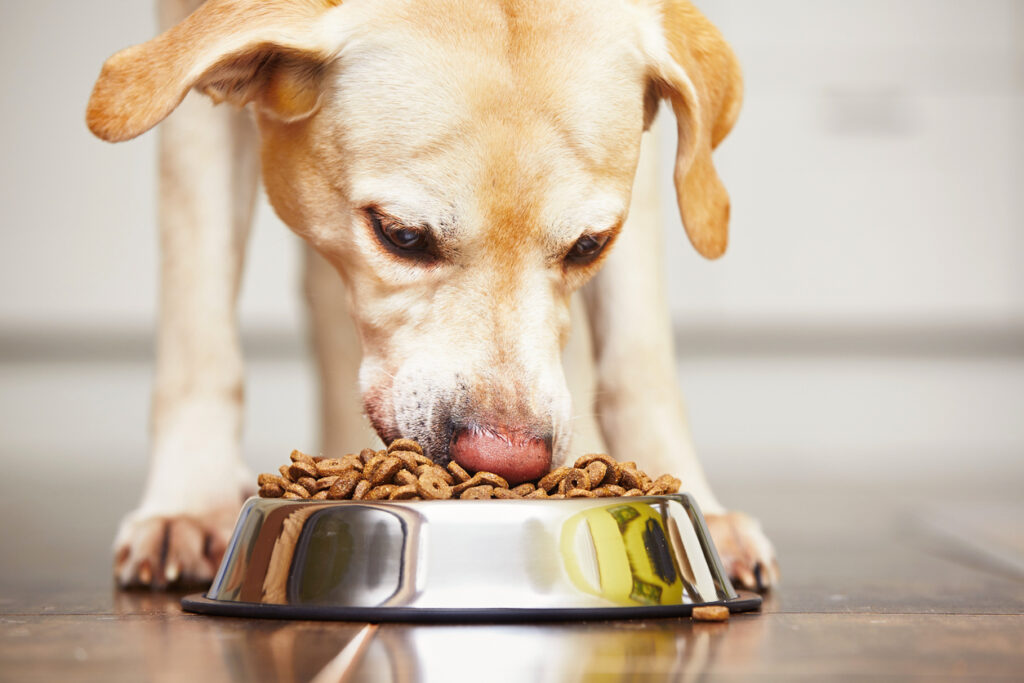
Instead of just putting food down and walking away, spend a minute actually watching your pet eat. Notice if their appetite seems normal, if they’re chewing weirdly, or if they suddenly lose interest in their usual favourite food. Changes in eating habits can be one of the first signs something’s not right, whether it’s dental discomfort, an upset stomach, or something more serious. Spotting it early means you can act before it snowballs.
2. Run your hands over them during cuddle time.

Most pets love a bit of attention, so while you’re stroking or cuddling them, gently run your hands over their body to check for any new lumps, bumps, or areas that make them flinch. This doesn’t have to be clinical. Just make it part of your usual affection. It’s a subtle way to check their physical condition without making it a big deal for them or you.
3. Pay attention to litter box or toilet habits.
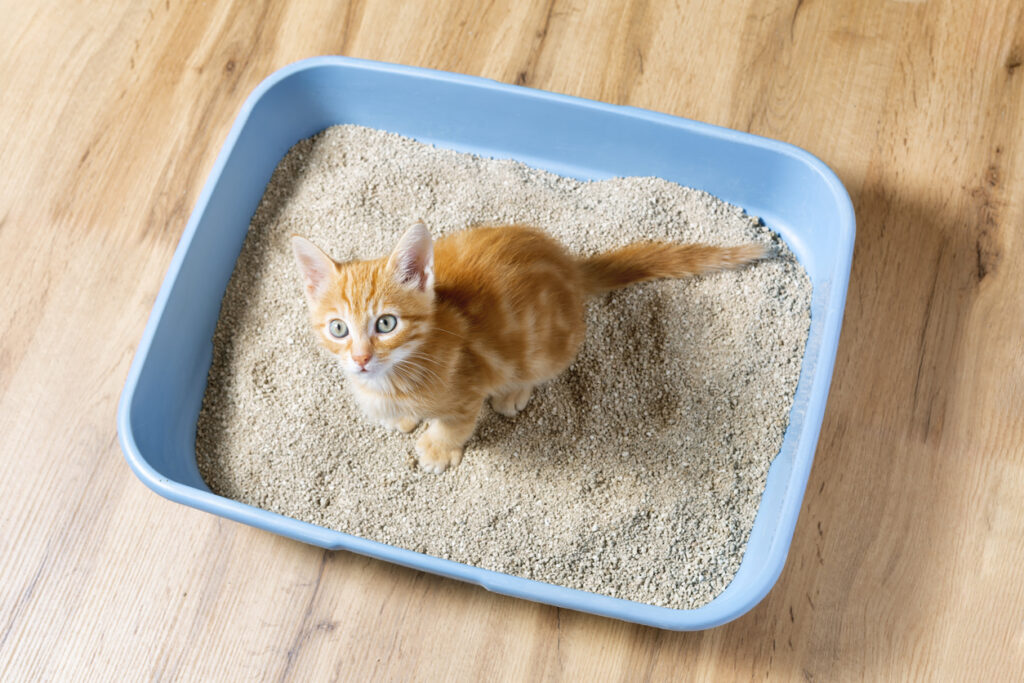
It might not be glamorous, but noticing how often your pet is going, and what things look like (yes, really), is genuinely useful. Diarrhoea, constipation, or weird smells can all point to underlying issues. If you’re doing the daily clean-up anyway, just take a quick mental note. Sudden changes in frequency or consistency often tell you more than your pet’s behaviour does.
4. Watch how they move around the house.

Even if they’re still jumping or walking, small changes in movement can reveal joint pain, stiffness, or injuries. Are they favouring one side? Slower to get up? Hesitating before climbing stairs? You don’t need to monitor them all day—just keep an eye out during normal routines like walk time or when they get up from a nap. A little limp or wobble might be easy to miss if you’re not looking for it.
5. Check their eyes and ears casually.
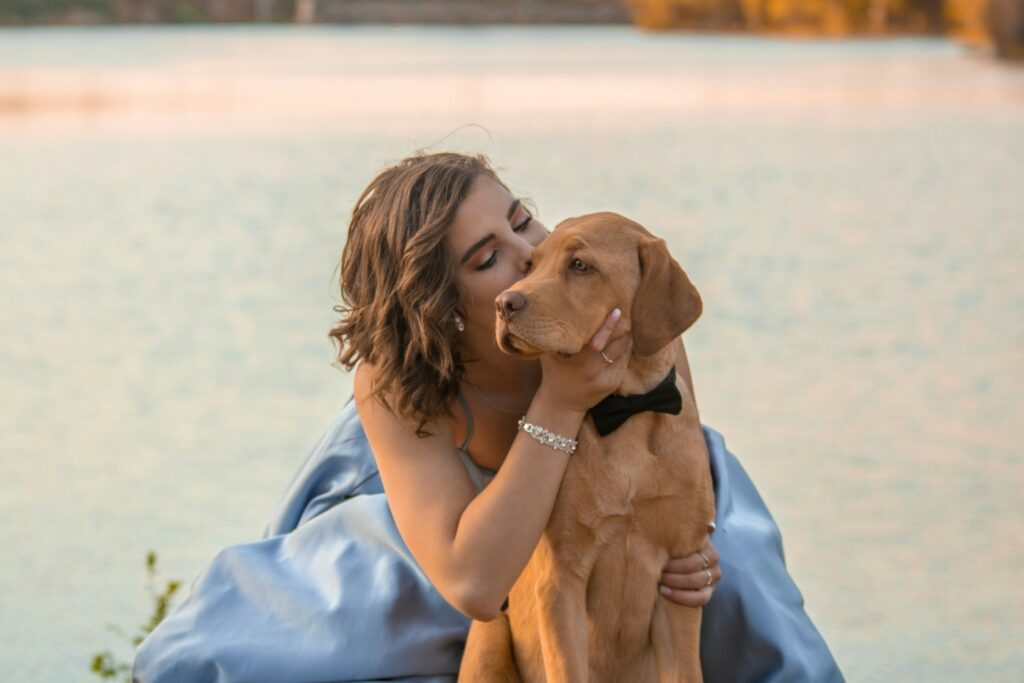
When you’re face-to-face with your pet, use those moments to glance at their eyes and ears. Redness, discharge, or a bad smell can be early signs of infection or irritation. Most pets won’t love a full-on inspection, but a quick peek here and there, especially during a cuddle or play session, can be enough to notice when something seems off.
6. Listen to their breathing when they’re relaxed.

When your pet is snoozing beside you or chilling out quietly, take a moment to listen to their breathing. Is it smooth and steady, or are there odd noises like wheezing, snoring, or laboured breaths? Breathing changes can indicate respiratory issues, anxiety, or even heart problems. It’s one of those things that’s easy to overlook unless you’re already in the habit of tuning in.
7. Notice any changes in their coat or grooming habits.

If your pet’s fur suddenly looks dull, patchy, greasy, or they’re shedding more than usual, it could be a red flag. Likewise, if a usually tidy cat stops grooming or a dog starts overgrooming one spot, that’s worth noting. Coat condition is often linked to overall health—skin issues, stress, diet, or allergies can all show up there first. You don’t need to panic, but it’s worth clocking and possibly checking in with your vet.
8. Make eye contact when you talk to them.
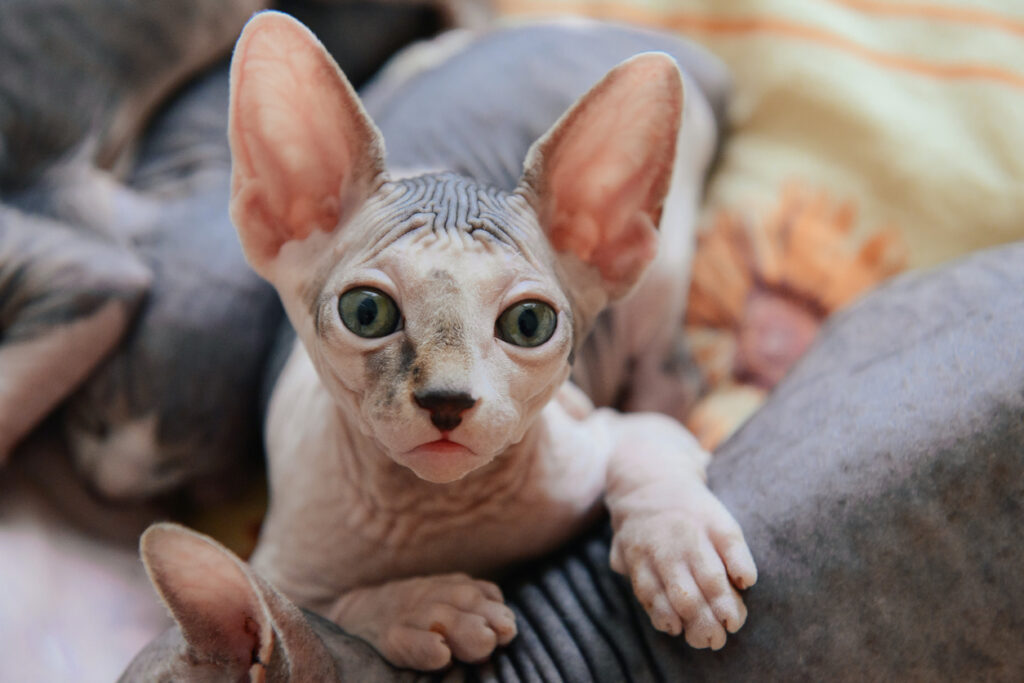
It sounds silly, but if you regularly make eye contact and talk to your pet, you’ll get better at noticing when their expression seems different. Dull eyes, unusual blinking, or a more ‘shut down’ look can say a lot. It builds connection, too, and the more you’re tuned into their normal “look,” the quicker you’ll spot when something’s off, even if they’re not physically showing symptoms yet.
9. Notice if they’re hiding or suddenly needy.

Behavioural changes often fly under the radar. If your usually independent pet is suddenly glued to your side, or your sociable one is hiding under the bed, take note. These emotional changes often come before physical symptoms. You don’t need to over-analyse every mood swing, but if the behaviour sticks for a few days or feels out of character, it could be your pet’s way of saying they don’t feel right.
10. Trust your gut if something feels off.
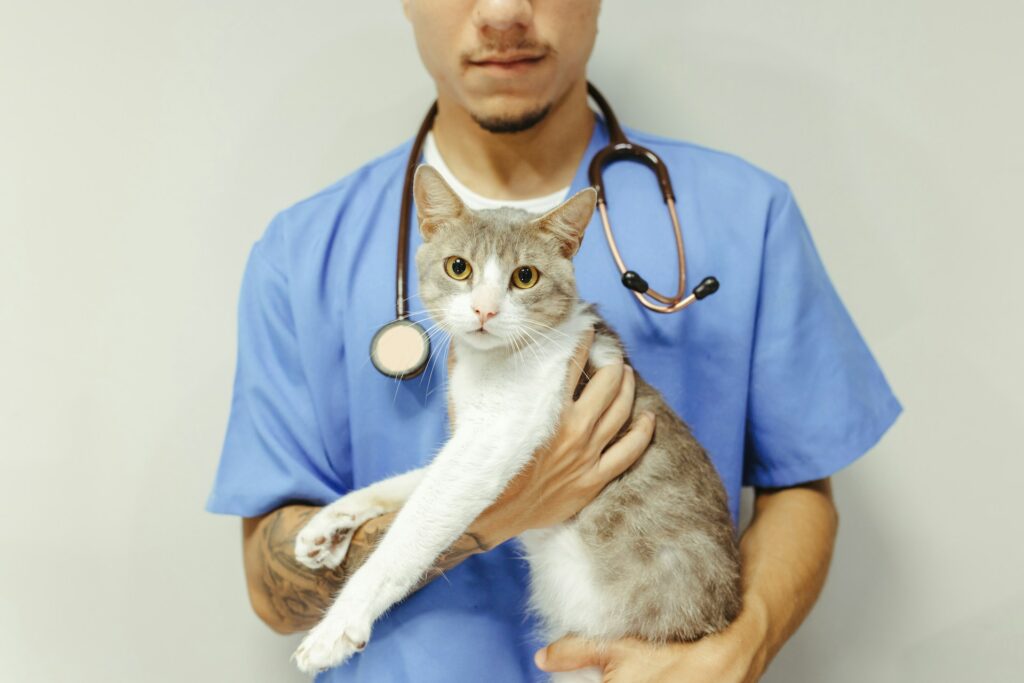
Even if you can’t explain it, that quiet instinct that tells you something’s not right with your pet is worth listening to. You know them better than anyone else, and small changes in energy or behaviour are often the first clues. Whether it’s a hunch, a vibe, or just a feeling in your stomach, if it sticks around, follow up on it. Sometimes that small daily awareness is what helps you catch something important before it turns serious.